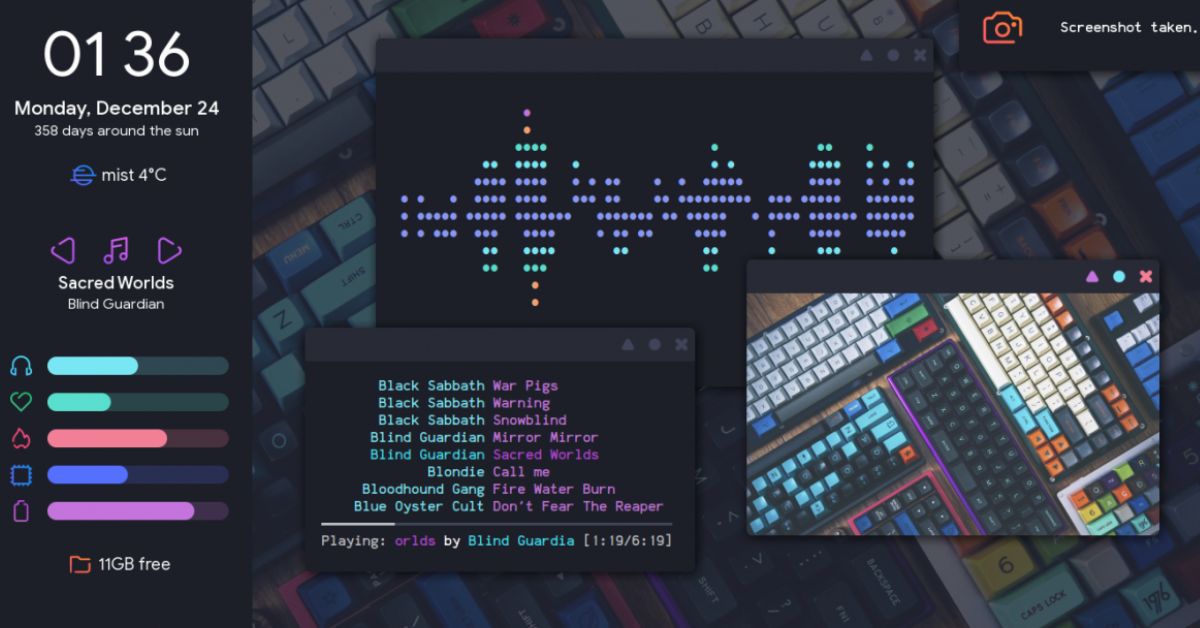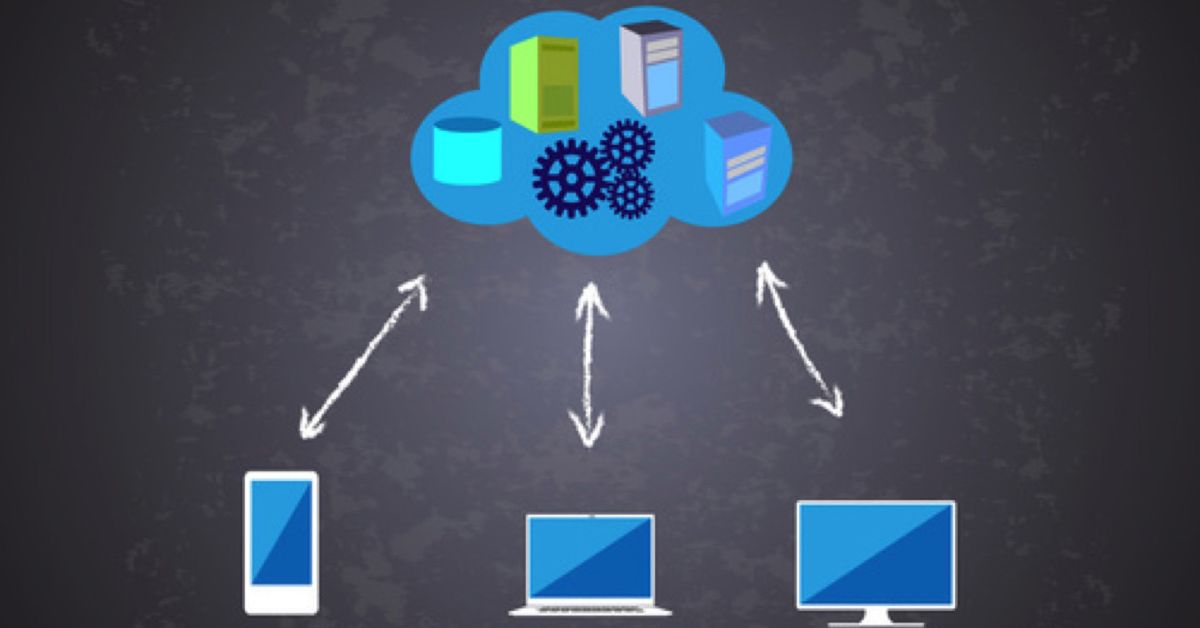In evolving digital landscape the concept of user experience reigns supreme. From the moment we power on our computers the desktop environment sets the stage for our daily digital interactions. Its our virtual workspace, our gateway to the digital world and increasingly its becoming customizable to suit individual preferences and needs. In blog post we delve into the realm of customizable desktop environments, exploring their significance the options available, and benefits they offer for tailored user experiences.
Understanding Customizable Desktop Environments
A desktop environment refers to the graphical interface displayed on a computer screen, providing users with access to various functionalities such as launching applications, managing files, and interacting with system settings. Traditionally, desktop environments came with predefined layouts, themes, and configurations, offering limited flexibility for customization. However, with advancements in technology and the growing demand for personalized computing experiences, customizable desktop environments have emerged as a popular choice among users.
The Significance of Personalization
Personalization lies at the heart of modern computing. As individuals, we have unique preferences, workflows, and habits that influence how we interact with our devices. Customizable desktop environments empower users to tailor their digital workspace according to their specific requirements, enhancing productivity, efficiency, and overall satisfaction.
By allowing users to adjust elements such as themes, wallpapers, icons, widgets, and menu layouts, customizable desktop environments enable a level of personalization that extends beyond mere aesthetics. Users can create environments that align with their workflow, organizational preferences, and even mood, fostering a sense of ownership and familiarity with their digital space.
Exploring Options for Customization
The realm of customizable desktop environments offers a plethora of options, catering to diverse tastes and technical abilities. Let’s explore some popular choices:
1. GNOME
GNOME is a user-friendly desktop environment known for its clean interface and intuitive design. With extensions and themes available through platforms like GNOME-look.org, users can easily customize their GNOME desktop to suit their preferences.
2. KDE Plasma
KDE Plasma is a feature-rich desktop environment renowned for its flexibility and customization options. From tweaking the panel layout to installing third-party widgets and plugins, KDE Plasma empowers users to create highly personalized desktop experiences.
3. XFCE
XFCE is a lightweight desktop environment favored by users seeking simplicity and performance. Despite its minimalist design, XFCE offers extensive customization options, allowing users to tailor their desktop environment without sacrificing speed or efficiency.
4. Cinnamon
Cinnamon is a desktop environment developed by the Linux Mint team, offering a familiar and customizable interface reminiscent of traditional desktop layouts. With Cinnamon’s built-in settings and themes, users can easily personalize their desktop environment to match their preferences.
5. Unity
Unity, originally developed by Canonical for Ubuntu, provides a modern and user-friendly desktop environment with built-in customization options. While it’s no longer the default desktop for Ubuntu, Unity remains a popular choice among users seeking a balance between simplicity and customization.
Benefits of Customizable Desktop Environments
The adoption of customizable desktop environments offers several benefits for users:
1. Enhanced Productivity
By tailoring the desktop environment to suit their workflow and preferences, users can streamline their digital interactions, reducing distractions and boosting productivity.
2. Improved User Satisfaction
A personalized desktop environment fosters a sense of ownership and connection with the digital workspace, leading to increased user satisfaction and engagement.
3. Flexibility and Adaptability
Customizable desktop environments empower users to adapt their digital workspace to changing needs and preferences, ensuring a seamless and adaptable computing experience.
4. Expression of Individuality
Through customization, users can express their individuality and creativity, transforming their desktop environment into a reflection of their personality and style.
5. Community Engagement
Many customizable desktop environments have vibrant communities of users and developers who contribute themes, plugins, and extensions, fostering collaboration and innovation within the ecosystem.
Conclusion
Customizable desktop environments represent a significant evolution in modern computing, offering users the flexibility, control, and personalization they crave in their digital workspace. Whether you’re a casual user seeking simplicity or a power user demanding extensive customization options, there’s a desktop environment out there to suit your needs. By embracing customization, users can unlock a world of possibilities, transforming their desktop into a tailored and immersive experience that enhances productivity, satisfaction, and overall well-being in the digital realm.




